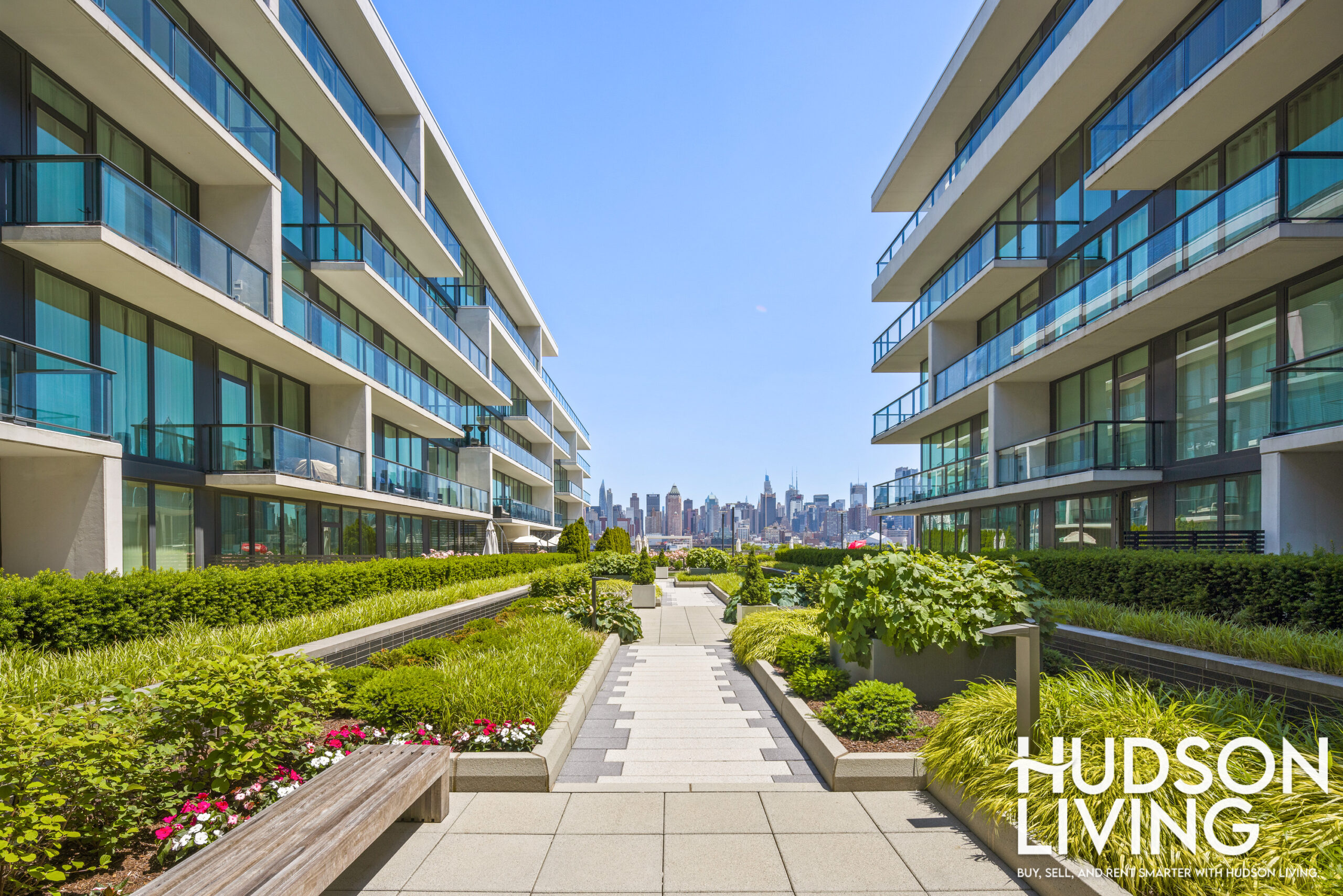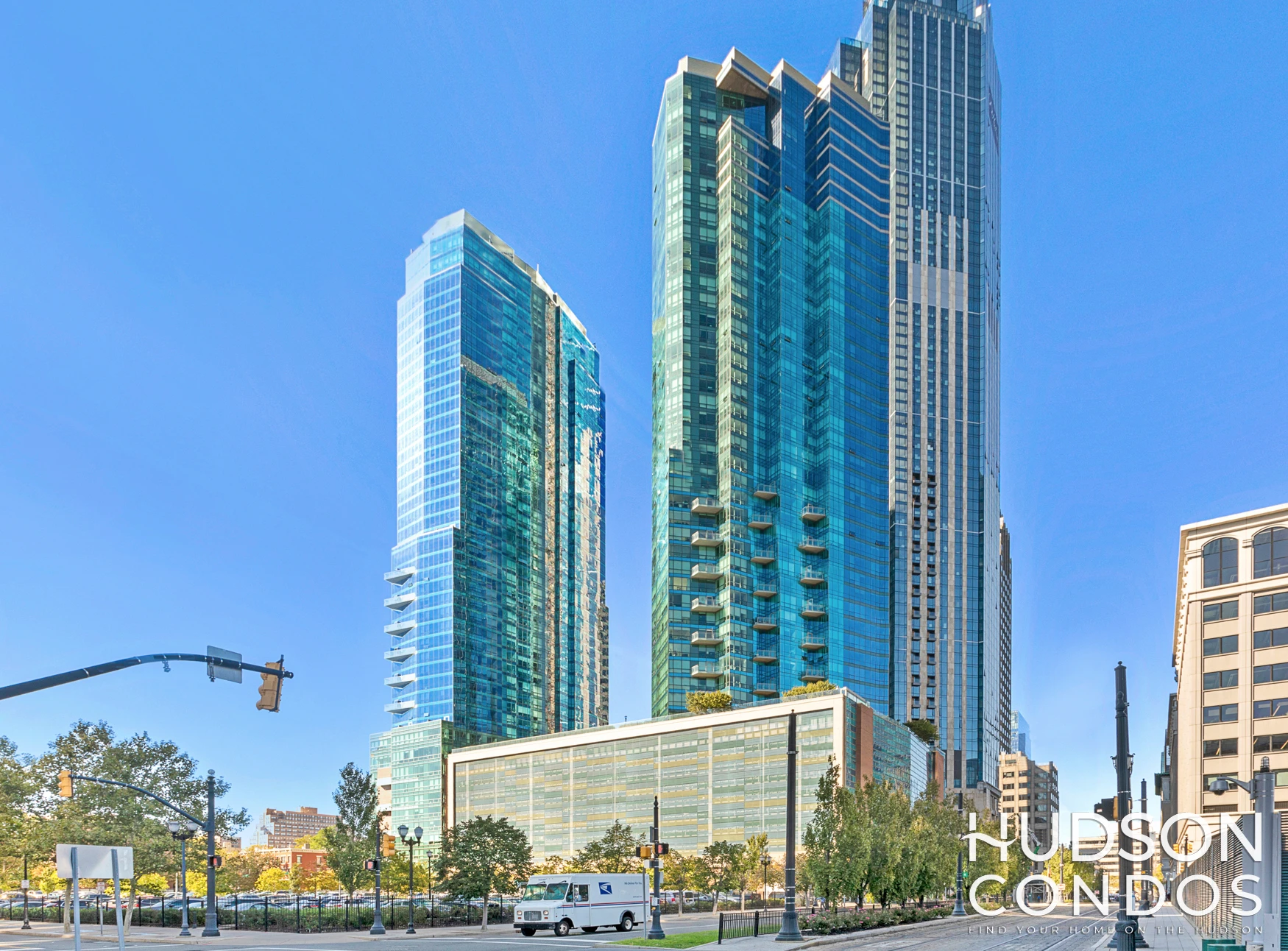Your Ultimate Condo Home Inspection Checklist
Whether you’re selling your condo or buying one, there are certain steps you’ll have to take. One of them is the condo inspection, which assures buyers that the condo they are buying is structurally sound and offers what they are paying for.
This is especially stressful for the seller, as they know the results can affect their selling price. But whichever side of the equation you find yourself on, a lot is riding on that inspection. And it’s a lot easier when you know what to look for in a condo home inspection.
Read on for your ultimate condo home inspection list.
Ultimate Condo Home Inspection Checklist
Skipping the home inspection is one of the most common first-time home buyers’ mistakes. But once you’re there, what are the most important areas of concern? Read through these condo inspection tips to avoid any nasty surprises.
1. Floors And Ceilings
Floors and ceilings are some of the first things examined in a condo inspection, and with good reason. Problems with floors and ceilings are often costly to fix and can indicate much deeper structural issues. Common issues to look for are damp, moldy, or cracked ceilings and warped wooden floorboards.
Although these can be costly repairs, they’re usually easy to treat if the damage is superficial. As the seller, it’s in your best interest to sort this out before putting your condo up for sale. You’ll fetch a much lower price otherwise.
2. Walls, Windows, And Doors
Cracks, mold, water damage, a damp smell, and signs of warping in the floors and ceilings can all indicate dampness in the walls.
When examining windows and doors, inspectors check that they function properly, can lock, and show no signs of warping (if the frames are wooden). They also check for drafts from ill-fitting windows and doors, as this makes a condo less energy efficient, and could cause high heating bills.
3. Bathrooms
The plumbing is always a main feature on any condo home inspection checklist. Inspectors check for gaps in the caulking in the shower and bathtub area and test the water pressure strength.
Any strange musty smells, or mold on the ceiling or walls in the bathroom, are a concern. They can indicate leaking somewhere along the plumbing lines. This is an expensive problem to fix unless you know exactly where the fault lies and can get it repaired quickly.
4. Kitchens
The plumbing in the kitchen will be subject to the same tests as in the bathroom, for example, water pressure. Again, signs of dampness or mold will raise concerns about possible plumbing leaks into the walls.
Inspectors should also check built-in appliances and extractor fans to ensure they are safely and correctly installed. As with the bathroom, the caulking will be checked for gaps. If found, these indicate a potential for leaks and dampness.
5. Electrical Systems And HVAC
No condo home inspection checklist is complete without an inspection of the electrical wiring and HVAC installations. The electrical systems must be up to code, and working properly. This is crucial, as incorrect wiring is a potential fire hazard.
The A/C and other HVAC systems will also come under scrutiny. They must be properly installed and in good working order. Inspectors will also check ventilation ducts for blockages, as this could present a problem with energy efficiency and reduce the indoor air quality.
6. Drawers And Cabinets
If the condo has built-in counters, cabinets, and closets, these will be included in the inspection checklist. Drawers should open and close easily. Cabinet and closet doors should shut securely. Door handles and drawer knobs must fit securely.
These may seem like trivial concerns, but they can cause a lot of annoyance for new homeowners. Be sure to include this in your home-buying checklist.
7. Patios, Decks, And Outdoor Area
A condo home inspection checklist will also include the outdoor area that belongs to the unit, in cases where it has a patio, deck, or other outdoor area like a balcony. Cracks in paving or surrounding walls may indicate underlying damage.
A certain amount of wear and tear can be expected in older buildings. That’s why many buyers prefer new construction condos. These sorts of problems are not likely in a new building.
8. Common Areas
Although it features on the condo home inspection checklist, the parts of the building outside the walls of the condo in question are the responsibility of the building’s homeowners’ association (HOA). That’s what your monthly fees pay for. They are used for the maintenance of common areas and exteriors.
Condo homeowners’ associations are legally required to insure homes against fire and personal injury in common areas. But that’s the minimum, and it doesn’t offer much peace of mind when buying a condo. If the maintenance has been lacking, you know there will be hassles down the line.
Check the overall cleanliness of common areas, making sure they’re free from hazards or structural issues. Inspect amenities like elevators, parking lots, and lobbies to make sure they’re in working condition and meet safety standards.
9. Exteriors Of Condo Building
Signs of crumbling exterior walls and general exterior disrepair could indicate structural damage to the exterior walls. The exteriors of the condo building are the responsibility of the homeowners’ association. Therefore, any repairs to these exterior areas are covered by the fees condo unit owners pay monthly.
If you’re the seller, bear in mind that this could negatively impact your sale. Structural damage to exterior walls is a major concern for the safety of the building’s occupants. If you’re a potential buyer, walk away. You could be buying into an accident waiting to happen.
10. Shared Amenities
Shared amenities include features like pools, spa areas, gyms, or other recreation areas designated for everyone in the building’s use. These, too, come under the maintenance responsibilities of the HOA.
If you’re the prospective buyer, and the pool water is green, or the spa area has mold or mildew on the walls, be concerned. These issues arise from inadequate maintenance. This is a red flag, as you may end up paying fees in return for poor upkeep of amenities.
The Bottom Line
Make sure to check off all the above boxes when conducting your condo home inspection. If you’re selling your condo, paying attention to these key areas will help you fetch a better price. If you’re buying a condo, you know what to look for to ensure you get what you pay for.
But whether you’re selling or buying, you’re looking for your next condo. For the perfect condo on the Hudson, trust the experts at Hudson Condos. We will help find the right condo for you, for sale or rent, in the Hudson County and Bergen County communities. Contact us today and let’s begin the search for your dream home.



